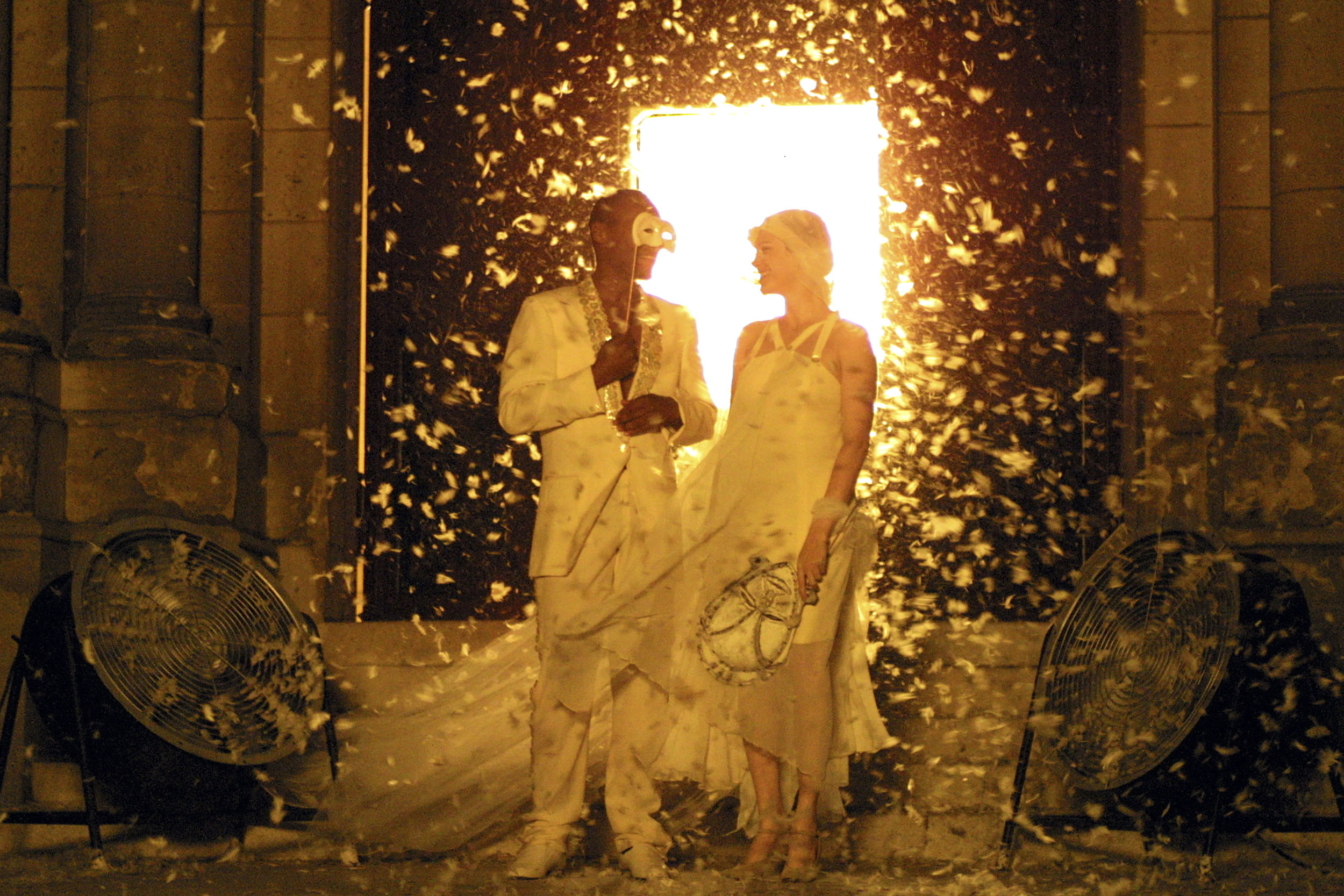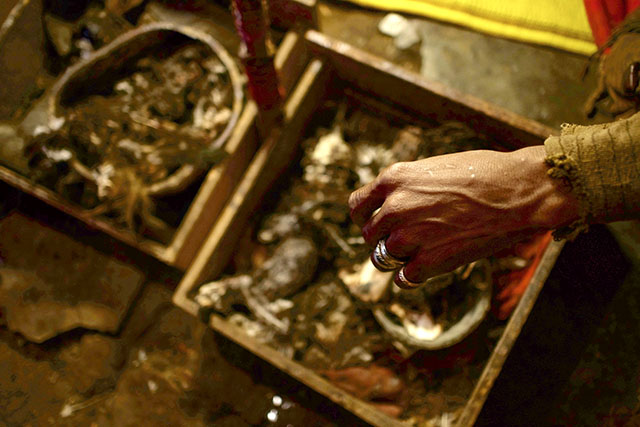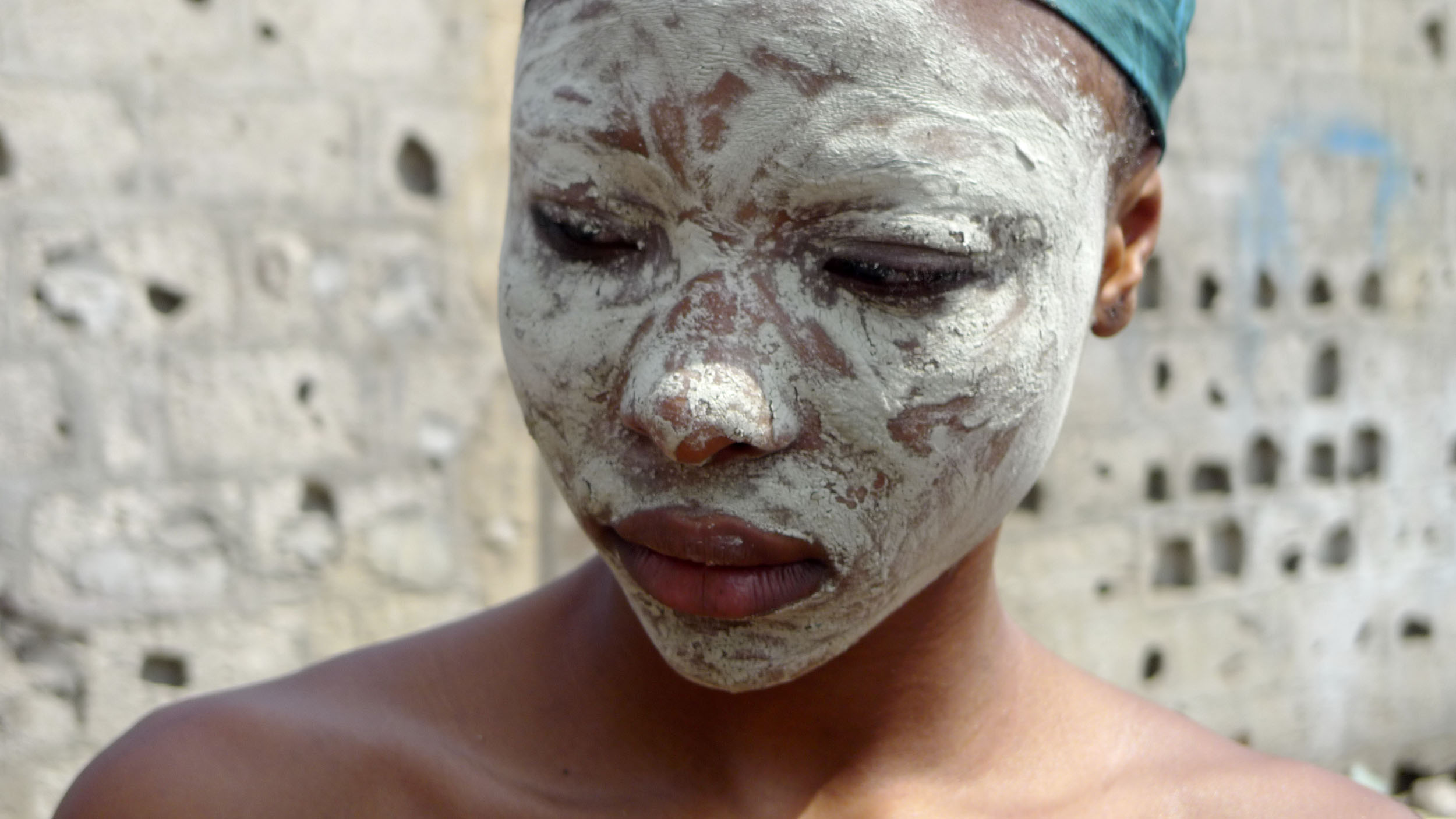
MOVEMENT OF IDEAS
WINDS FROM AFAR

Après l’Océan ©tomBaqueni
An epistemological renewal originating in the English-speaking world swept through the human sciences from the 1980s onwards. Clifford Geertz invented ‘dense description’ [multi-systemic strata] – Harold Garfinkel founded ethnomethodology – Erving Goffman defended ‘microsociology’ – James Clifford attacked an anthropology based on the reification of the ‘native’, born of the colonial bias. And there are others who are less present in my mind no doubt in our debates.
This reading of the essentialisation of ethnic labels was also underway in France with Jean-Loup Amselle, Marc Augé, Jean Bazin, Alban Bensa… This current [Le sauvage à la mode (1979), Au cœur de l’ethnie (1985)] developed a critique of anthropological knowledge and attacked the notions of totalities and anhistorical structures. In their view, we were applying acquired knowledge to a reality that could only be explained by analysing statements in situ or by detailed descriptions.
I remember Jean brandishing Wittgenstein, for whom words could not contain ‘things’ but merely offer their syntactic units. In my eyes, a Jansenist of langage! In spite of everything, this questioning of pre-thinking and models that transform the field into a recording chamber was interesting.

By breaking down the sentimental face-to-face relationship between the ethnologist and his ethnic object, this critique made multi-sited surveys more attractive, with links to groups that were on the move, crossing borders, shifting, amalgamating their resources, hybridizing, and so on…
As the notion of situated knowledge grew in importance, so did the diversity of the fields. It is at the level of the interlocutors’ experience that the space of social positions and the narratives deployed offer a perception of what makes a collective, and of the scale at which it is established. A survey is not built with cookie-cutter methods, but through trial and error and uncertainty.
CLOSE UP

These changes were particularly beneficial when, working with a camera, I was able to explore the question of social reclusion, paying greater attention to the lability of inner life.
This break with traditional methodologies enabled me to connect with the fundamentals of cinema: context and space-time, actors and interactions, polysemy of speech, situations of ambivalence, subjective emotion.

The impetus thus gained went even further with Bruno Latour, whom I discovered in a text entitled “Efficacité́ ou instauration?” (Efficiency or Establishment?) that had been sitting in a drawer for a long time, when I came across it again on the occasion of a lecture to be given on La caméra outil de l’œil? (The camera as a tool of the eye?) Having been an Aatonian since my first film [see Innocent Eyes], I knew that the separation between tool, action and thought was deeply flawed, as was the linear logic of filmmaking that administratively separates writing, shooting and editing. I’ve always known that a film is created in the making. I remembered Latour’s example of the puppeteer activated by his puppet as much as he activates the puppet. I replaced ‘puppet’ with ‘camera’ and went on to teach my course!
ECOLOGY OF INTERIORITY

Bruno Latour led me to Philippe Descola, Baptiste Morizot, Donna Haraway, Anna Tsing… and other thinkers who have taken up the cause of the climate crisis. Their thoughts on the inherent interdependence of living beings, based on the capabilities of each individual, took on powerful strength with Covid.
Strangely enough, I had known Philippe Descola for a long time -we share the same disciplin- but saw him from a distance as a purveyor of preconceived models, a good student of Levi Strauss.
I rediscovered him through his political stance on the climate and his writings, which invite us to decentralize our modernity from what seems furthest from it: the thoughts on interiority of indigenous people, the Achuar. They have taken the anthropology reflection to where they are most relevant to humanity: to the very site of its tragedy.
Those autors have given a new dimension to my longstanding ecological commitments and serendipitously it led me to a feaure film project: Animus.